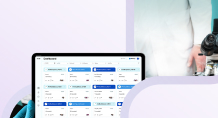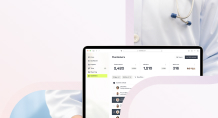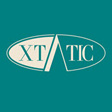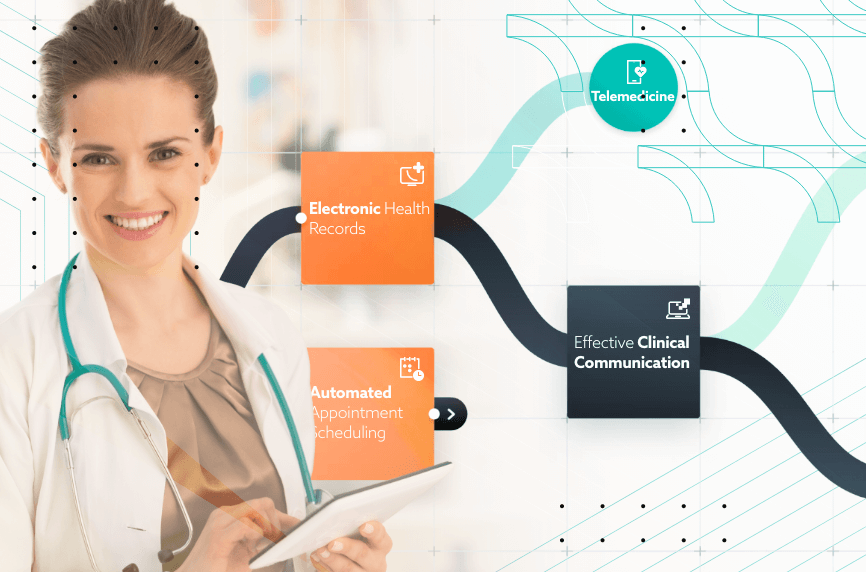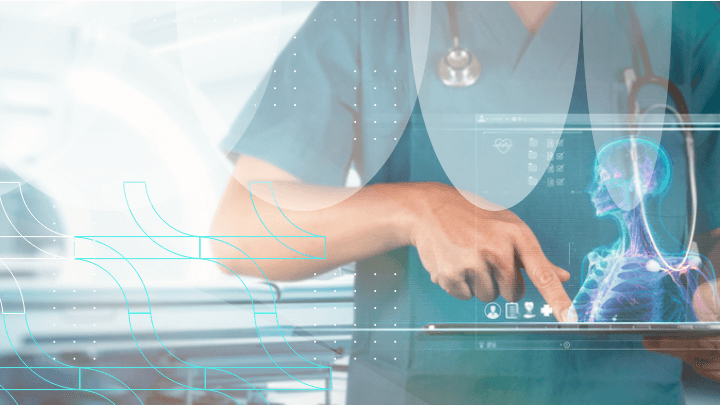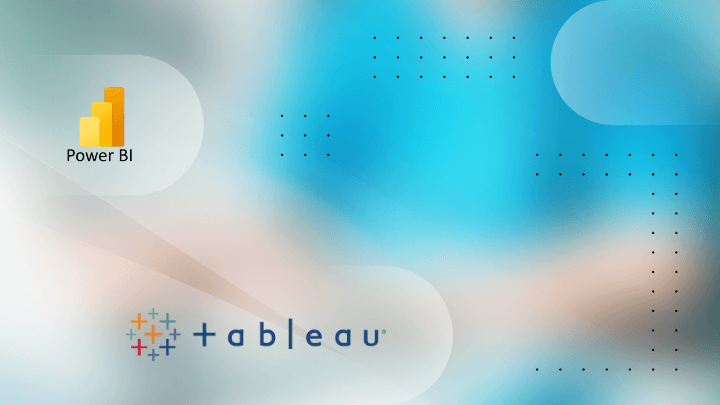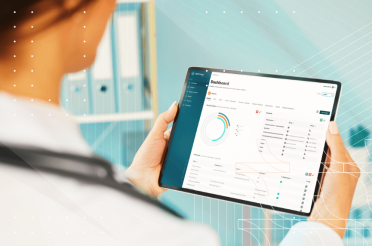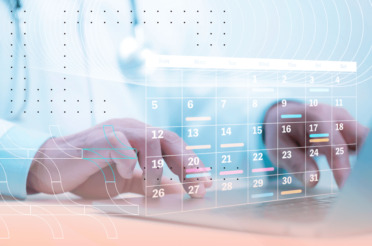Clinical workflow is how healthcare workers care for patients. It starts with check-in and goes through treatment and follow-up. This includes gathering patient data, team coordination, and care delivery. Workflow efficiency affects patient results, staff work, and satisfaction.
Optimizing clinical workflows faces challenges. These include cutting wait times, reducing data entry mistakes, and keeping patient info current. Solving these improves care quality and makes patients and staff happier.
Tech solutions are key to solving these issues. Self-service kiosks and apps let patients quickly enter their info, cutting wait times in half. This makes check-in smoother and reduces data mistakes. Also, using Electronic Health Records (EHR) in workflows means accurate, easy-to-access patient info for healthcare providers.
These tools also reduce paperwork for healthcare workers. This lets them spend more time caring for patients, making healthcare more efficient.
In this article, we will discuss the best ways to improve the clinical workflow with the help of modern healthcare technology solutions.
Use electronic health records (EHRs)
EHR systems are central to modern healthcare, as they help you improve workflows and patient outcomes. They go beyond storing patient information and serve as dynamic tools to enhance your healthcare delivery. As a healthcare provider, you should adopt a comprehensive approach to maximize their benefits.
First, training clinical staff to learn how to properly use EHRs efficiently is crucial. You can do that by adding decision support tools to EHRs to help clinicians make quick and informed choices. Customizing the EHR interfaces for each clinic or hospital will also boost their efficiency.
You need to adjust the system to fit clinical workflows to save time on menus and data entry, so your doctors have more time for patients. Sharing EHR data across departments makes sure patient information is always available. This connectivity is key for teamwork in treating complex cases.
Enhance communication between departments
You need to maintain effective communication across different departments to deliver high-quality care to your patients. Focus on bridging the communication gap using technology to adapt to changes in healthcare. With effective clinical communication, you streamline workflows and patients receive timely and coordinated care.
You can fix your department’s communication problems by using the following tech tools:
- Secure Chat: Modern communication systems allow instant messaging between departments, ensuring real-time information sharing.
- Shared Calendars: Facilitates scheduling and coordination of meetings, appointments, and procedures across different teams.
- Live Patient Updates: Provide immediate sharing of patient status and medical information, enabling timely decision-making.
Last but not least, mobile devices have transformed communication in healthcare. They let you and other providers share information quickly and make decisions from anywhere. This level of interconnectedness and access to information reduces medical errors, improves the work environment, and leads to better patient satisfaction.
Implement telemedicine for consultations
Telemedicine is changing how patient care is delivered, as it greatly improves clinical workflows and outcomes. It expands access to care, especially when medical services are scarce or in-person visits aren’t possible.
Research highlights telemedicine’s benefits as they offer a cost-effective and engaging alternative to many traditional visits. They increase your patient’s satisfaction with convenient and personalized services.
Integrating telemedicine into healthcare systems has improved efficiency and allowed remote consultations. This reduces the need for in-person visits and makes follow-ups and assessments easier. Your clinic and hospital can provide continuous care while you manage your patient loads more effectively.
Telemedicine improves patient outcomes and satisfaction by providing easier access to specialists and timely medical advice, regardless of location or mobility issues. It reduces wait times for consultations and speeds up treatment to make patient recovery quicker. This type of medicine also supports personalized care with treatments and follow-ups customized to each patient’s needs to improve care quality.
Implement automated appointment scheduling
The shift to automated scheduling systems marks a significant improvement in healthcare, and solves many problems of manually entered scheduling like overbookings and miscommunications. This technology enhances clinical workflows, patient outcomes, and the overall efficiency of healthcare systems.
Automated scheduling systems come equipped with a number of features designed to streamline the appointment process:
- Online booking lets patients choose appointments that fit their schedules, easing the load on healthcare staff.
- Reminder notifications cut down no-shows by keeping patients informed about their appointments, improving clinic efficiency.
- Calendar integration provides a current view of schedules, helping manage resources better and responding dynamically to patient needs.
Digital solutions do more than just improve administration in healthcare. They make scheduling better and lead to quicker patient care. This means shorter wait times and an easier booking process for patients. This increase in speed boosts their satisfaction and engagement with you as a healthcare provider.
These systems reduce the administrative tasks of scheduling appointments and lead to more effective practice management in clinical work environments. Healthcare providers which use this technology see higher patient satisfaction rates, a better patient flow, and an overall better operational efficiency. These results can prove the importance of digital solutions in modernizing healthcare processes.

Make patient information rapidly available to improve your clinical workflow.
Learn how to use digital solutions like self-service kiosks and mobile device applications to reduce patient wait times and improve check-in processes.

Facilitate prescription and referral management
In order to ensure good patient care you need to make sure you manage prescriptions and referrals effectively. This strategy improves clinical results and makes healthcare systems run smoother. Using digital tools like software that automates these tasks is a big step forward in healthcare tech. These tools make handling patient info faster and less prone to mistakes.
These software solutions serve as critical components in the modern healthcare system. They automate making, renewing, and managing prescriptions and referrals. As a result, less manual work needs to be done, and the risk of errors is greatly reduced. This makes your work as a healthcare provider more efficient.
Also, linking these systems with EHRs makes patient data extremely easy to access. This smooths out referrals to specialists and betters ongoing care. Patients get a more unified care experience, with shorter waits for prescriptions and referrals. This boosts their satisfaction and trust in their healthcare providers.
Ensure efficient billing and revenue cycle management
Efficient billing and managing money are key to the healthcare system’s survival and sustainability. These important tasks help keep healthcare organizations financially healthy. They also affect the clinical documentation quality and the overall capacity to deliver high-quality patient care.
From sending claims to handling payments and denials, digital tools for billing and managing money automate key steps. They ease billing tasks by reducing manual work and minimizing the chance of mistakes. Moreover, they can improve the cash flow and financial stability for healthcare providers by ensuring better accuracy.
Also, the implementation of these software systems makes managing money more transparent and efficient. Their instant financial updates help organizations use resources better and prepare for financial issues by anticipating them. This promotes financial health and sustainability.
Better billing systems offer more than just financial benefits to healthcare organizations. Case studies show they bring in more money, cut down on admin work, and make operations run smoother. These improvements lead to a stronger healthcare system that can focus more on patient care and less on financial issues.
Integrate decision support systems
Adding Clinical Decision Support (CDS) systems to healthcare improves clinical results and workflow. These systems use technology and EHRs to give real-time and research-backed advice, which greatly affects the quality of patient care. CDS systems guide providers during care, help make informed choices, cut down errors, and lead to better clinical workflows.
Here are the steps for integrating a decision support solution into a health system:
- Assessment and planning: Begin by assessing the current technology infrastructure and clinical workflows to identify the requirements for CDS integration. This step involves engaging healthcare providers and IT staff to understand their needs and challenges.
- Choosing the right CDS system: Select a CDS system that aligns with the organization’s clinical needs, technology standards, and EHR systems. Consider factors such as compatibility, ease of use, and the ability to customize decision support tools.
- EHR integration: Work closely with EHR vendors and CDS system providers to ensure seamless integration. This involves technical configuration to enable the exchange of patient data and clinical information between the EHR and the CDS system.
- Customization and configuration: Customize the CDS system to match specific clinical practice needs. This includes setting up alerts, reminders, and evidence-based recommendations tailored to the healthcare organization’s specialties and patient population.
- Testing and validation: Conduct thorough testing of the integrated system to ensure that CDS recommendations are accurate and effectively displayed within the EHR interface. This step is critical for verifying that the system supports clinical decision-making without disrupting workflow efficiency.
- Training and education: Provide comprehensive training for healthcare providers on how to effectively use the integrated CDS system within their clinical workflow solutions set. Training should cover how to interpret CDS recommendations and how to incorporate this information into patient care decisions.
- Monitoring and evaluation: After implementation, continuously monitor the system’s performance and its impact on clinical outcomes and workflow efficiency. Collect feedback from healthcare providers to identify areas for improvement and make necessary adjustments.
- Ongoing support and updates: Ensure that there is ongoing technical support for the CDS system and that the system is regularly updated with the latest clinical guidelines and healthcare research. This will help maintain the relevance and effectiveness of the decision support provided.
In summary, adding CDS systems can boost patient care and workflow. The steps include choosing the right system, fitting it with current tech, customizing, and testing. It’s important to train staff on using these systems. Regular checks and updates keep the systems up-to-date and working well.
Assess workflow efficiency and improve it
The search for better workflow in healthcare continues with a focus on improving clinical work, patient results, and system efficiency. Adapting to changing healthcare needs with smart choices and tech-based improvements is essential.
Healthcare groups can use tools like Tableau and Power BI to find and fix slowdowns. These tools look closely at daily tasks, from check-in to discharge. For instance, Tableau shows average waiting times, and Power BI spots delays like slow lab results.
By seeing where and how delays happen, these tools make care faster and better.
Adding these technologies to healthcare encourages decisions based on data. By always checking workflow efficiency, providers can find and improve specific steps in their process. They can create and apply strategies that lead to more efficient care delivery.
To effectively integrate monitoring and improvement processes into healthcare systems, follow these steps:
- Implement analytics and reporting tools to collect and analyze data on current workflows.
- Engage clinical staff in identifying inefficiencies and areas for process improvement.
- Develop and implement strategies based on data analysis and staff feedback to address identified inefficiencies.
- Regularly review the impact of implemented changes and assess whether they actually improve efficiency and patient outcomes.
- Foster a culture of continuous improvement, encouraging healthcare providers and other staff to seek out and suggest further enhancements on how they deliver care.
Healthcare organizations prioritizing workflow efficiency report better patient outcomes, shorter wait times, and increased provider satisfaction. This focus leads to improved patient care and operational efficiency, establishing a standard of excellence in the industry.

Get help enabling remote consultations–for your medical practice
Understand how to leverage the benefits that automated appointment scheduling systems offer to healthcare providers and patients.
Conclusion
In summary, healthcare has greatly moved towards digital use to boost patient happiness and make clinical workflows better.
More doctors are using digital health tools, which helps them grow from 85% in 2016 to 93% in 2022, and see their benefits for patient care. This includes telemedicine, mobile health apps, and electronic health records, which prove the wider acceptance and use of technology in healthcare.
Focusing on patient experience is now more important, with Content Management Systems (CMS) giving more importance to patient-experience measures and adding new ones based on patient feedback. This shows how patient views on quality care relate to health results. It stresses the need for healthcare groups to use digital tools that improve patient involvement and happiness.
These changes show a move towards a connected, efficient, and patient-focused healthcare system.
Sources


